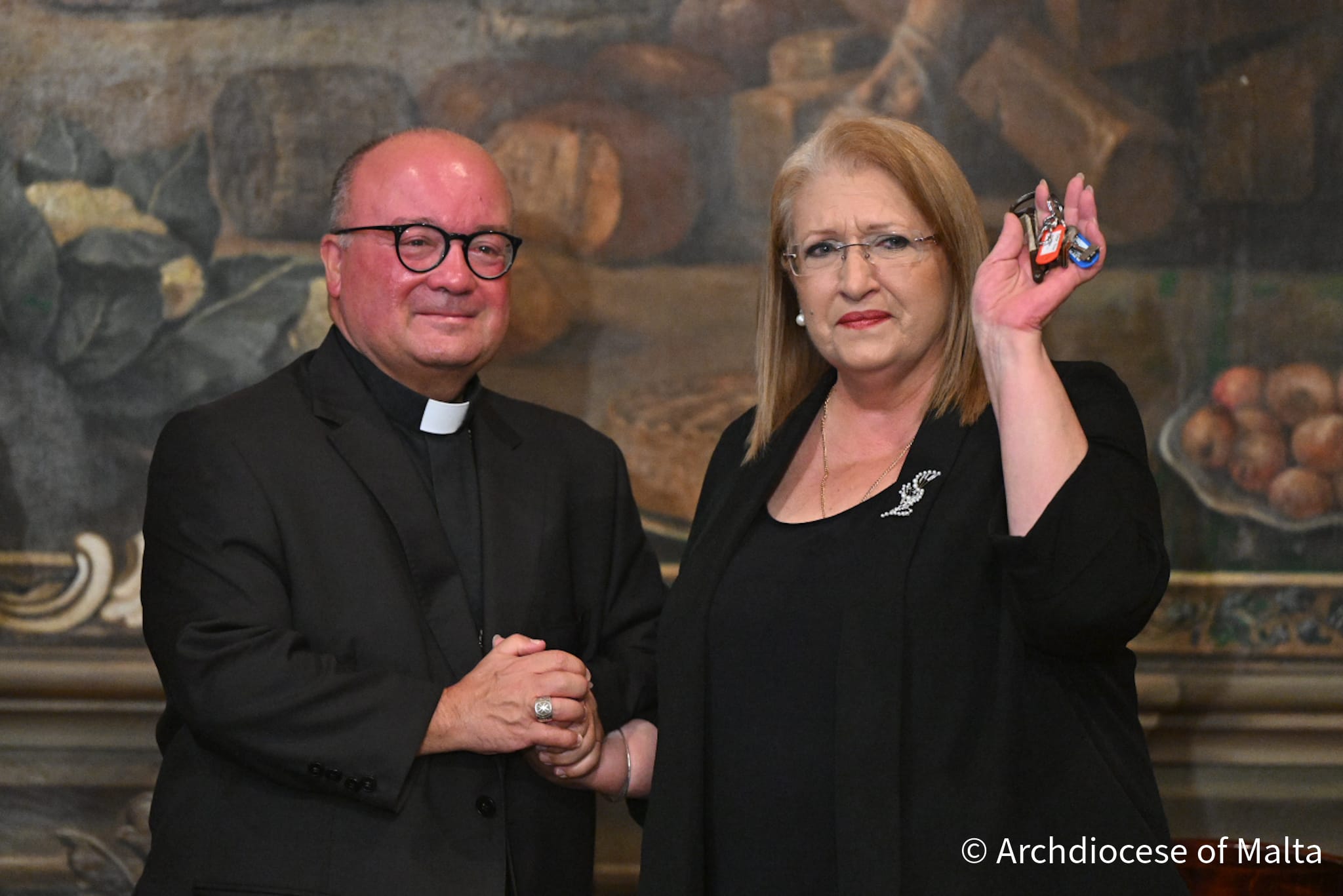The imposing Dar Saura in Rabat will be converted into an empowerment hub for children and young people with disabilities after the Archdiocese of Malta generously handed over the multimillion-euro property to The Malta Trust Foundation for 65 years.
The 17th century home, which until a few months ago served as a home for the elderly, will come to life with youngsters’ laughter and music when Malta’s first Centre for Music and Arts, Villabianca, relocates to larger premises to address the extensive waiting list.
The Archdiocese’s altruistic decision to hand over the property — worth €25 million and covering an expanse of 5,500 square metres — was sealed today during a signing ceremony held in the presence of Archbishop Charles J. Scicluna and The Malta Trust Foundation chair Marie-Louise Coleiro Preca.
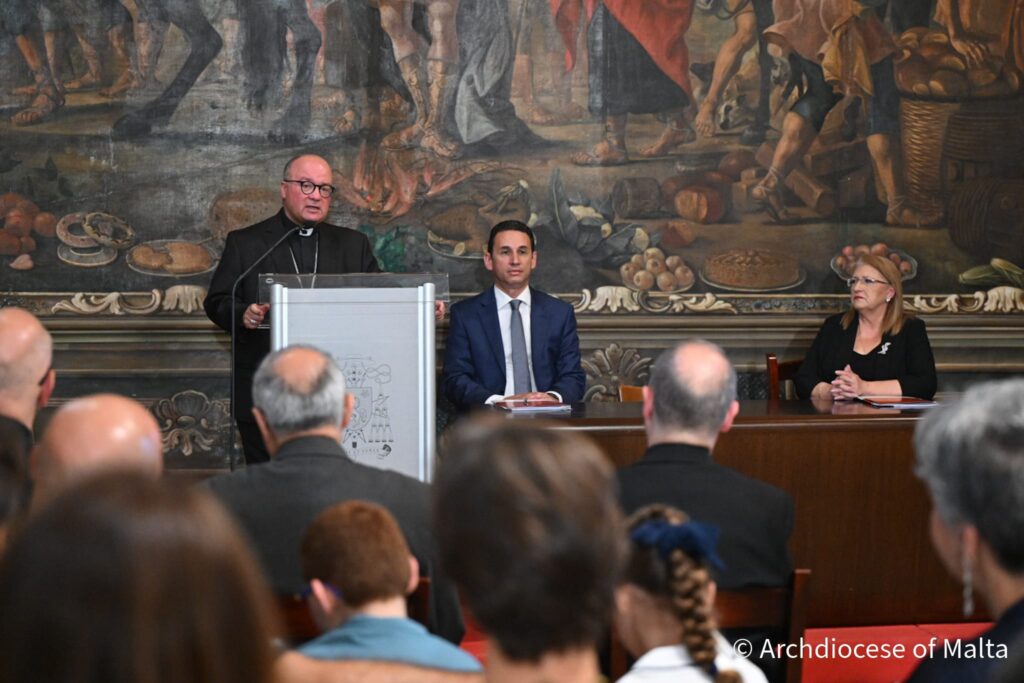
“The best use of Church property is when it is destined for a social purpose, especially helping those who need the most support. I hope that through the leadership of The Malta Trust Foundation, Dar Saura will become a state-of-the-art hub empowering children and youth with disabilities to engage with their skills and discover and nurture their full potential through music and the arts,” the Archbishop said.
The Grade 1 scheduled property is being granted as a gratuitous loan (on a commodatum basis) to the Foundation, which will be tapping EU and public funds to restore and upgrade the home, including the rehabilitation of the chapel dedicated to St Nicholas.
The property, which will cost about €10 million to convert, can be renovated to accommodate a variety of activities without adversely affecting its Class A status.
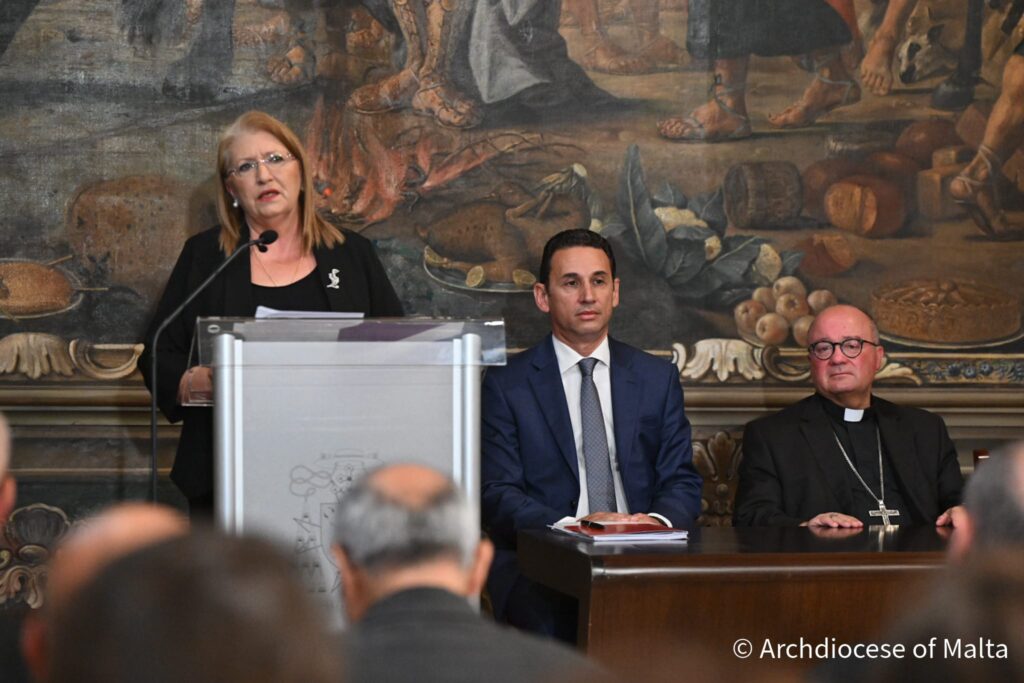
Ms Coleiro Preca described the agreement as a historic moment that would position Malta as a hub in the Mediterranean for young people, who as a consequence of their disadvantaged background or disability struggled to develop their potential.
This is a landmark agreement and we are deeply moved by the Church’s gracious gesture. My dream is to see this hub become a one-stop-shop for families to see their children with disabilities thrive; a place where they can grow, develop their abilities and be empowered to go out into the world. This will demonstrate that every one of God’s creations has a purpose,” Ms Coleiro Preca said.
“I dream that our country will address the gaps and challenges children and young people with disabilities face from a social perspective, and which are a barrier to their quality of life.
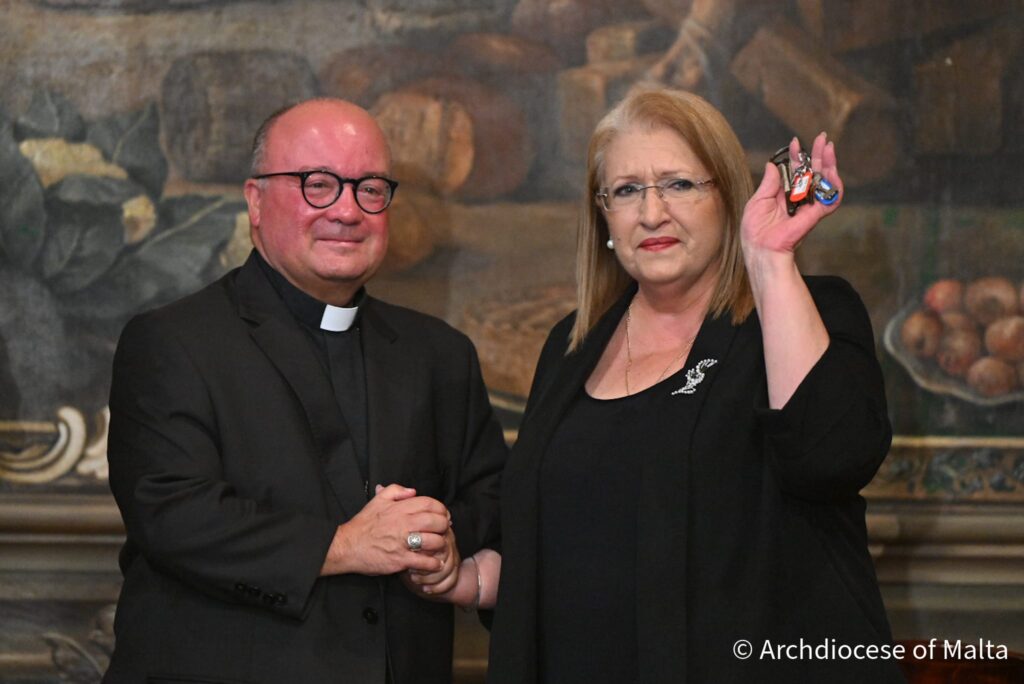
“I truly wish we can change the lives of these children and transform the general mentality so that everyone understands their vast potential. My dream is that every child in our country, whatever their abilities, finds access to the support needed to reach their full potential.”
When Ms Coleiro Preca presided over the opening of Villabianca Centre for Music and the Arts in November 2021, little did she anticipate that in less than a year it would reach full capacity, with more than 150 children eagerly applying to join.
The centre has grown to such an extent that right now there is a waiting list of 250. When the Ta’ Saura Empowerment Hub opens in two years, it will be able to provide a safe space for up to 500 children and young people who under expert guidance can explore the therapeutic power of music, dance and the arts.
Furthermore, the property’s extensive land will allow the Foundation to create an occupational therapeutic centre, a social enterprise, multipurpose halls for training, a petting farm, and a multi-sensory room. Eventually, the plan is to provide studio apartments to house foreign music therapists and professionals working at the hub, as well as space for workshops.
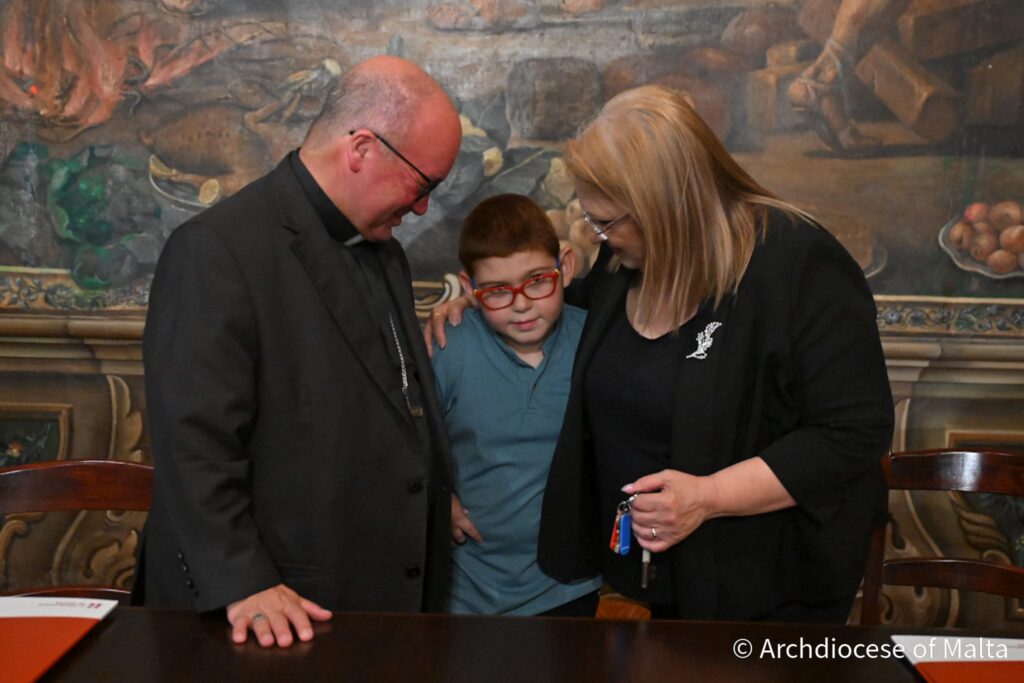
A cafeteria and restaurant, which will be financially accessible for families, will be opened and specifically run by young people with disabilities or challenging behaviour.
This is the second time in five years that the Archdiocese of Malta is gifting properties to help NGOs who are making a tangible difference to people’s lives. In 2019, the Archbishop handed over the Church premises, known as Adelaide Cini Institute in Santa Venera to Hospice Malta. The property is being used to create the St Michael Hospice, the first state-of-the-art complex providing comprehensive palliative care, which is nearing completion.
Archbishop Scicluna said: “The Church is committed to the seminal Gospel narrative of the Parable of the Good Samaritan. It reaches out to people in need and offers services and care and shares its heritage to empower others to do the same.”
Dar Saura background
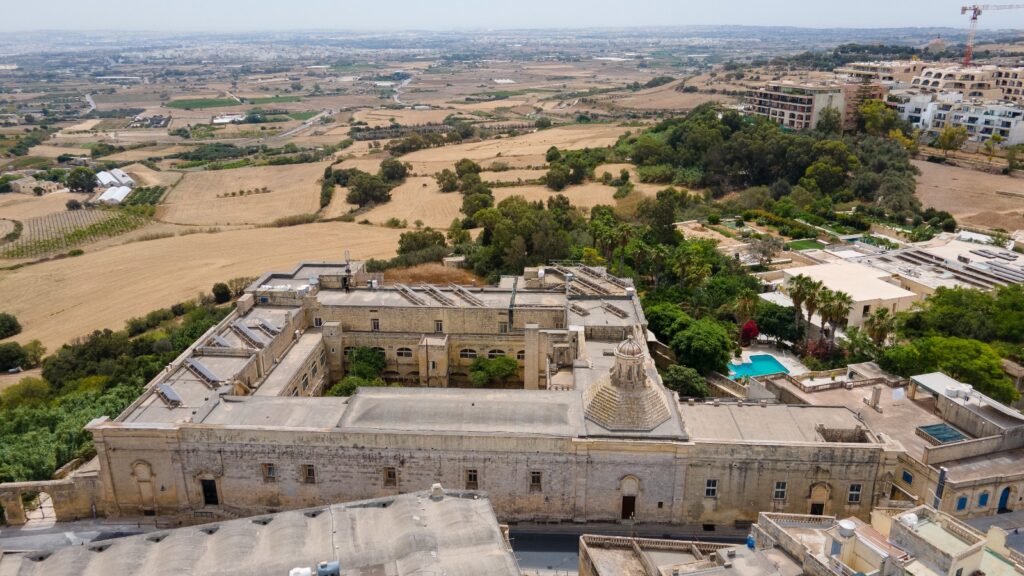
The property, which the Archdiocese of Malta is handing over to The Malta Trust Foundation, is a late 17th-century building named after Maltese medical doctor Nicolò Saura, who in 1654 bequeathed everything he had to the building of a hospital.
Architect Lorenzo Gafà was contracted to build the complex in Rabat, which is positioned directly along Nikola Saura Street. Its long, austere facade is a recognisable landmark on reaching the Saqqajja area in Rabat.
In the mid-18th century, the administration and the property were left in the hands of the Church. The running of the hospice was eventually entrusted to the care of the Sisters of Charity, who continued to run the place until 2002, caring for about 65 residents.
Earlier this year, the 45 remaining residents were moved to more modern premises as without major refurbishment, Dar Saura could no longer deliver the quality of life they deserved.
This 65-year commodatum agreement between the Archdiocese of Malta and The Malta Trust Foundation will ensure the building will be regenerated while providing the much-needed space and premises for the Ta’ Saura Empowerment Hub to flourish.
The total built-up area spans slightly more than 3,300 square metres of the overall land. The property is constructed around a central courtyard that covers an area of approximately 650 square metres and bathes the interior with natural light.
At the rear of the grounds, there is a sizeable open space that is partially utilised as a parking area and garden. The property includes an annexed chapel that can be accessed independently from the public road.
